How to Introduce Centers in Kindergarten
If you’ve ever tried running centers in your kindergarten classroom and thought, “Wait, why is Johnny under the table again?” — you’re definitely not alone.
Kindergarten centers can be one of the most magical *and* chaotic parts of the school year. They’re my favorite time to connect with small groups, help kiddos build important skills, and watch them practice working independently and cooperatively.
But let’s be real: introducing centers in kindergarten can sometimes feel overwhelming. You might find yourself scrambling to plan engaging kindergarten center activities, answering the same questions over and over, or dealing with kiddos who freeze because they don’t know what to do next.
If you’re wondering how to introduce centers in kindergarten in a way that builds independence and minimizes those interruptions, you’re in the right place! In this post, we’ll walk through simple strategies to help you and your students feel confident, calm, and ready to roll.

Why Centers Matter in Kindergarten
Kindergarten center time gives your students the chance to build independence, work collaboratively, and engage in meaningful, hands-on learning—all while you get dedicated time to work closely with small groups and support individual growth.
But if we don’t take the time to model and scaffold expectations, introducing centers in kindergarten can quickly spiral into chaos (or worse—20 minutes of “gluing” with the cap still on and writing their name 47 times on the recording sheet!).
That’s why how you introduce centers in kindergarten is everything.
Step 1: Start With the “Why”
Kindergarteners love to know the reason behind things—and “because I said so” just won’t cut it. When introducing kindergarten centers, explain:
- What the center is
- Why we do it
- What students will learn or practice
This helps build “buy-in” and sets the stage for purposeful engagement. Visuals go a long way here, too! Having an “I Can” card at every station gives students a clear reference point. These cards are especially helpful for non-readers, English language learners, and yes, even those surprise admin walk-throughs.
To help: The Kindergarten Centers Year-Long Bundle includes student-friendly “I Can” cards for every center, making it easy for students to stay focused and independent during center time in kindergarten.
Step 2: Set Up Materials for Success
The biggest time-waster during kindergarten center rotations? “I can’t find my pencil…”
To minimize interruptions, make sure materials are:
- Clearly labeled
- Consistently located
- Extras (like pencils) are available
- Easy to clean up
You can use color-coded bins, matching labels or shapes, or student supply boxes that hold all materials to help kids know exactly where to go and what to grab—whatever makes sense for your kindergarten center setup. Then practice how to use (and return!) those materials daily as part of your routine to introduce centers in kindergarten effectively.
To help: In the Kindergarten Centers Year-Long Bundle, all students need are crayons and a pencil (plus scissors/glue for recording worksheets). No complicated materials, no chaos.

Step 3: Model, Model, Model… and Model Again
Before students are expected to do a center independently, model it together. Then model it again. Then… you guessed it… model it again.
You can even:
- Act out “wrong” and “right” ways to complete the activity (Students love the silly non-examples!)
- Walk through the cleanup process
- Do a “mini version” of the center as a whole class
Keep it light, keep it clear, and repeat until it sticks. Remember that kindergarteners thrive on repetition, so the more you model it, the less you’ll have to redirect later… one of the most important things to remember when learning how to introduce centers in kindergarten.
*Want to take centers for a spin before going all in? Grab this free set of kindergarten centers that includes 3 literacy and 3 math activities, recording worksheets, “I Can” cards, and easy prep instructions. It’s perfect for the early part of the year and gives your students a low-pressure way to practice center routines!
Step 4: Build Independence Gradually (One Step at a Time)
At first, you might only introduce one center at a time. And that’s totally okay! Independence builds over time.
An example approach could be:
- Week 1: One center for 5–10 minutes
- Week 2: Two centers with a 1-minute rotation practice
- Week 3+: Full kindergarten center rotations
Your goal is for students to feel confident and capable during kindergarten center time… not overwhelmed or unsure. That’s why understanding how to introduce centers in kindergarten with repeating formats (but rotating skills) works wonders.
To help: In the Year-Long Kindergarten Centers, students become familiar with the structure from month to month—only the skills change! This consistency boosts independence and learning.
Step 5: Circulate. Coach. Repeat.
Yes, the ultimate goal is to use center time for simultaneous small-group instruction… but not on day one. Or even day five.
When first introducing centers in kindergarten—teaching students how to actually “do” them—your job is to circulate the room, coach them through routines, and reinforce the behaviors you want to see. Praise what’s going well (often!), gently redirect what’s not, and stay present.
The time you invest upfront in teaching how centers work will pay off for the rest of the year with smoother rotations and more meaningful learning time.
Step 6: Use Recording Sheets for Accountability
Kindergarten center activities shouldn't be busy work. To make the most of introducing centers in kindergarten, give students a purpose with recording sheets that show their thinking.
This not only holds students accountable but also gives you an easy way to check for understanding.
To help: Every single center in the year-long bundle includes a recording sheet for students to complete while they work independently.

Step 7: Rotate Centers with Intention
Once your students have the routines down, rotating kindergarten centers becomes much easier. Whether you use a timer, music, or a rotation chart, just make sure you’re:
- Practicing the transitions
- Keeping rotations short at first
- Strategically grouping students (mix of ability and behavior)
Keep themes fun, skills spiraled, and directions consistent.
To help: The Kindergarten Center Bundle includes 130 literacy and 130 math centers designed with monthly progression and review in mind. You’ll never scramble for kindergarten center ideas again!
Step 8: Teach What to Do When They’re Done
Will they read a book? Complete an extension activity? Do the center again?
If you don’t tell them, they’ll find something on their own (and it might involve glue sticks where glue sticks shouldn’t go…). Give them a few structured choices so they stay engaged and on-task. Of course, you will also need to model and practice this part of center time!
To help: Each literacy and math center in the year-long bundle includes a recording worksheet you can use for early finishers, small groups, assessments, or homework!
Step 9: Make Clean-Up Quick and Painless
Yes, even clean-up deserves its own spotlight. Try:
- Cleanup songs or a visual timer for students
- Assigning student “jobs”
- Modeling how to put items back correctly
When students take pride in their space, transitions get faster and smoother—and your kindergarten center management gets a whole lot easier.

260 Year-Long Centers… Simplified (Like, Really Simplified!)
If you're tired of spending your Sunday nights cutting out last-minute center cards or endlessly Googling “how to introduce centers in kindergarten,” it’s time to simplify.
That’s why I created the Kindergarten Centers Year-Long Bundle—so your centers are DONE for the year!
Here’s what’s inside (with busy teachers in mind!):
- 10 months of literacy and math centers, with 13 activities per subject each month
- 130 literacy centers + 130 math centers (that's 260 centers total!)
- Recording sheets for each center to provide accountability
- Clear teacher directions and student-friendly “I Can” cards
- Easy-to-navigate, clickable table of contents
Final Tip: Give Yourself—and Your Students—Time
Introducing centers in kindergarten requires patience, repetition, and grace (for them and you). But once it clicks? It becomes the most productive, magical, and joyful part of your day.
So go slow, stay consistent, and remember: your students are capable of amazing independence—you just have to show them the way!
With the Kindergarten Centers Year-Long Bundle, you will see just how simple, smooth, and successful kindergarten center time can really be… and you’ll be equipped to introduce centers in kindergarten the right way!

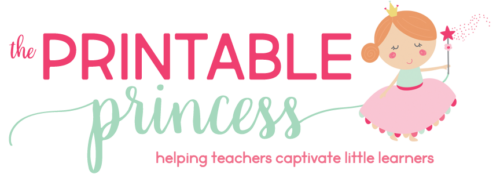
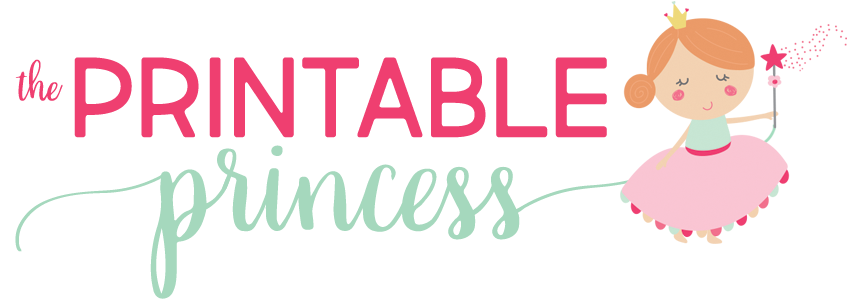

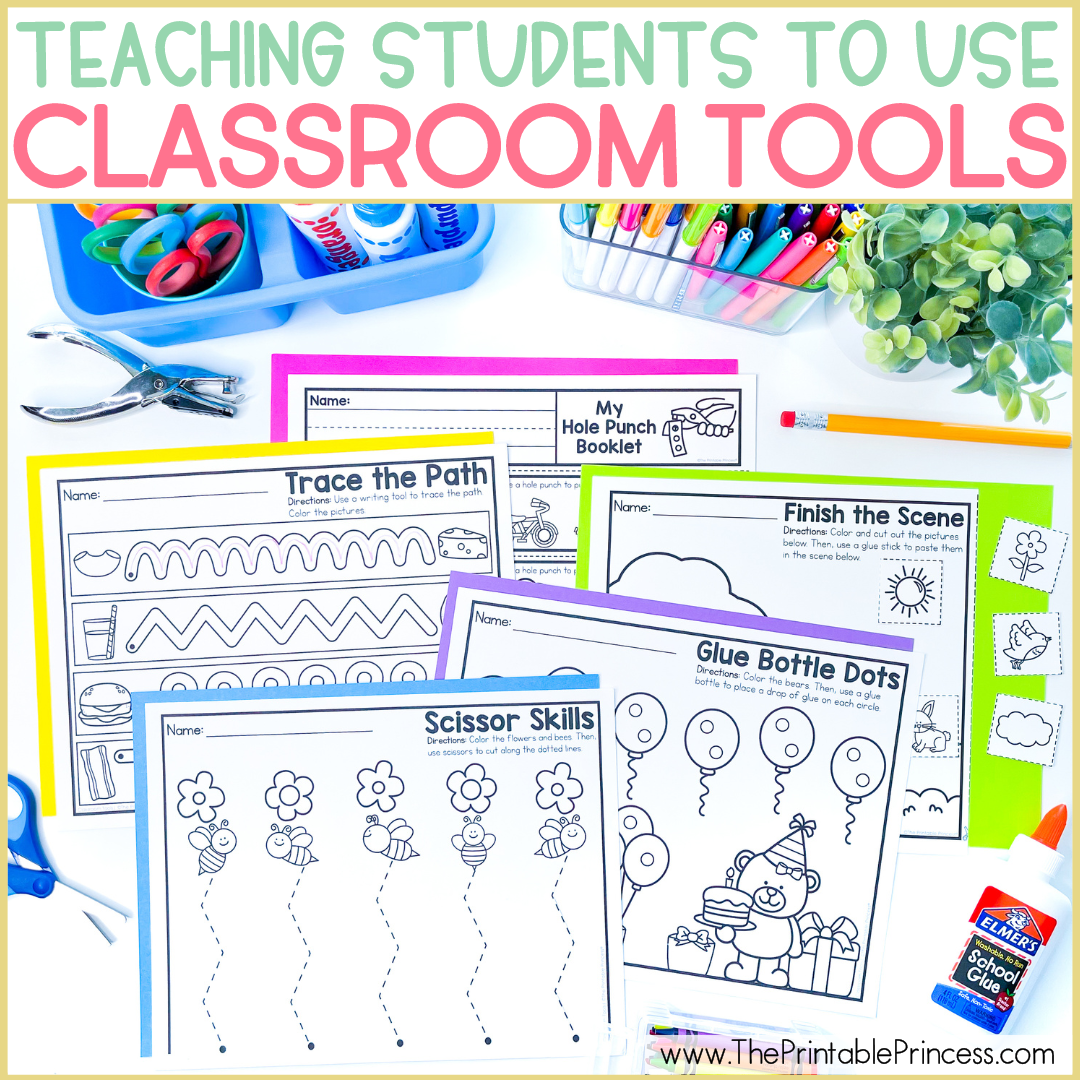
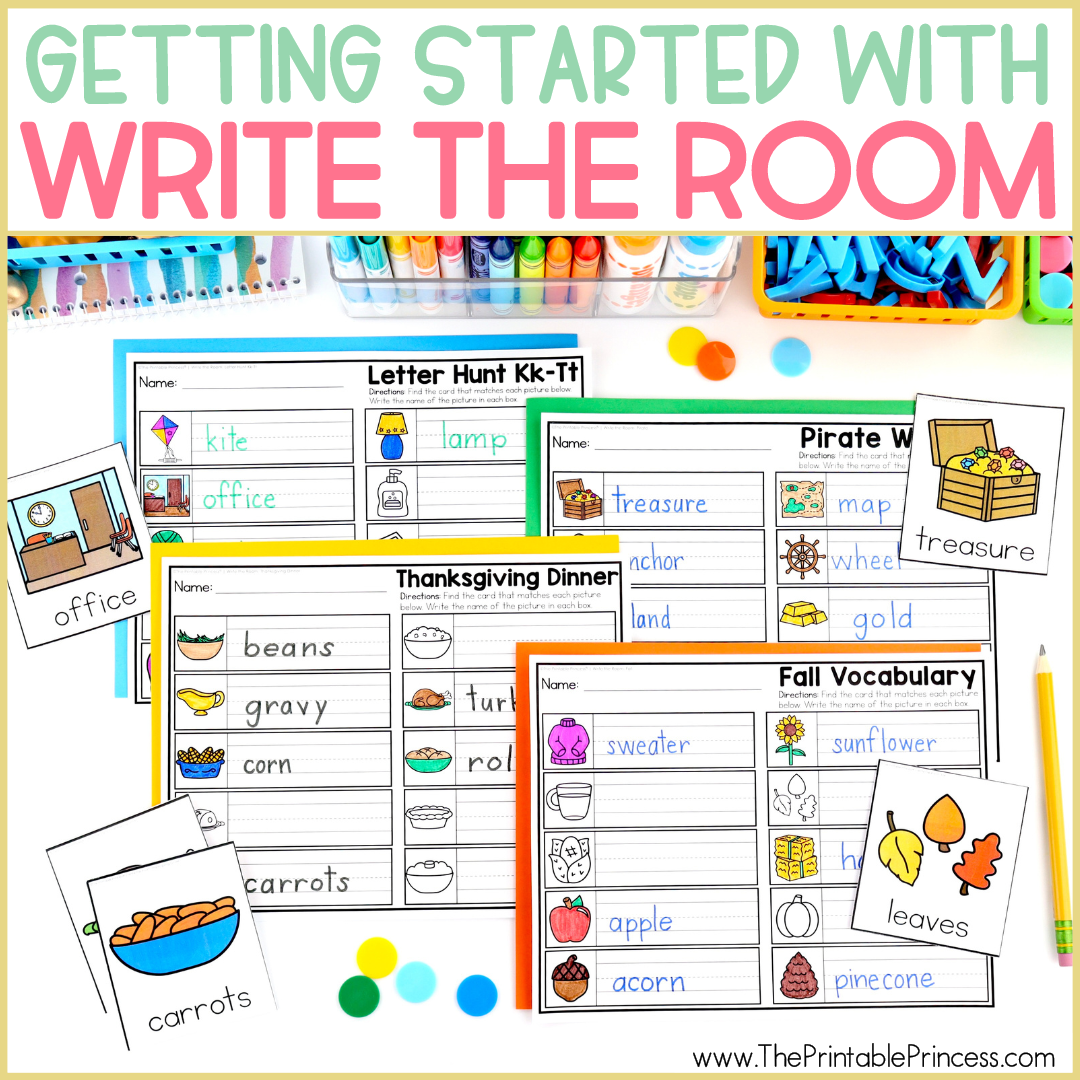
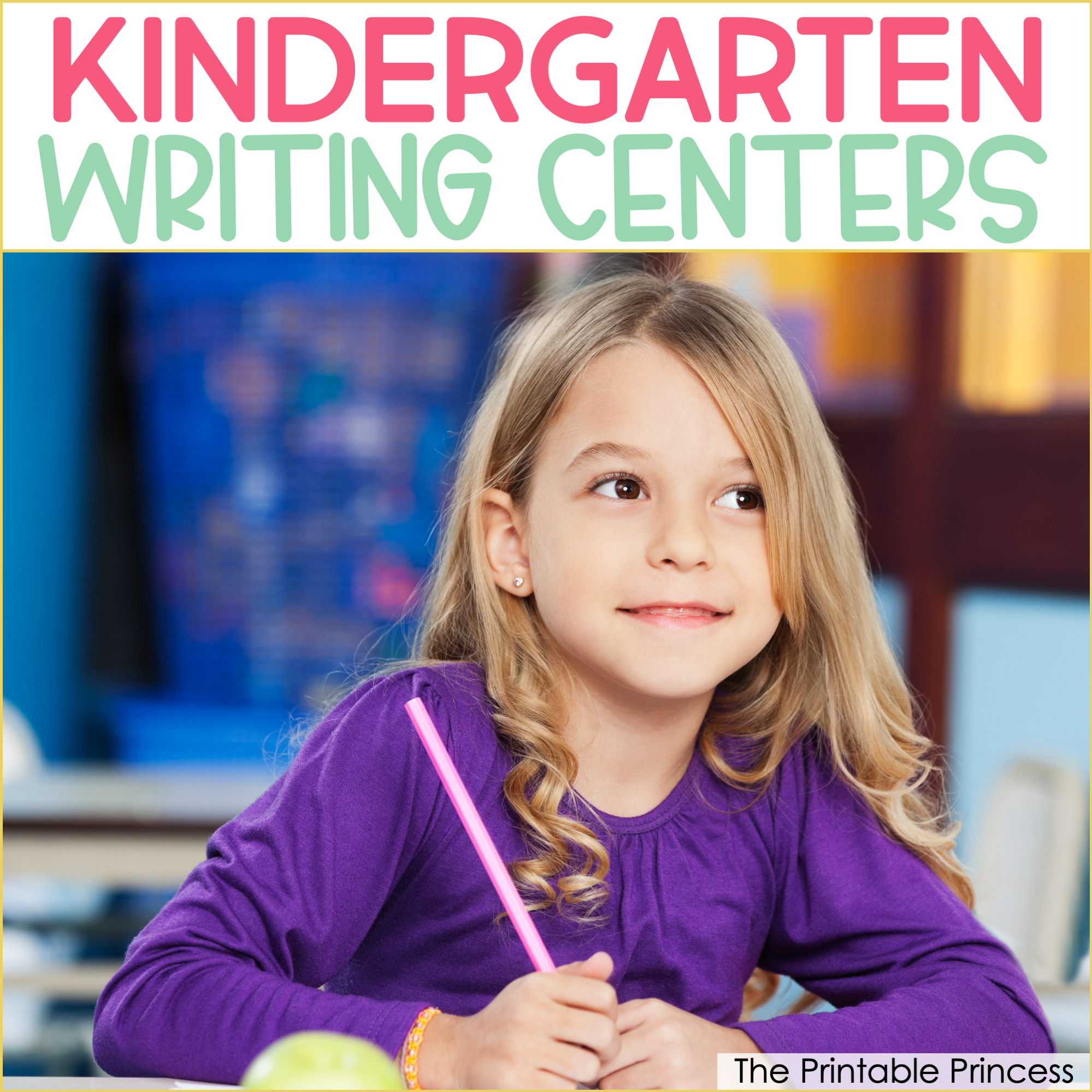
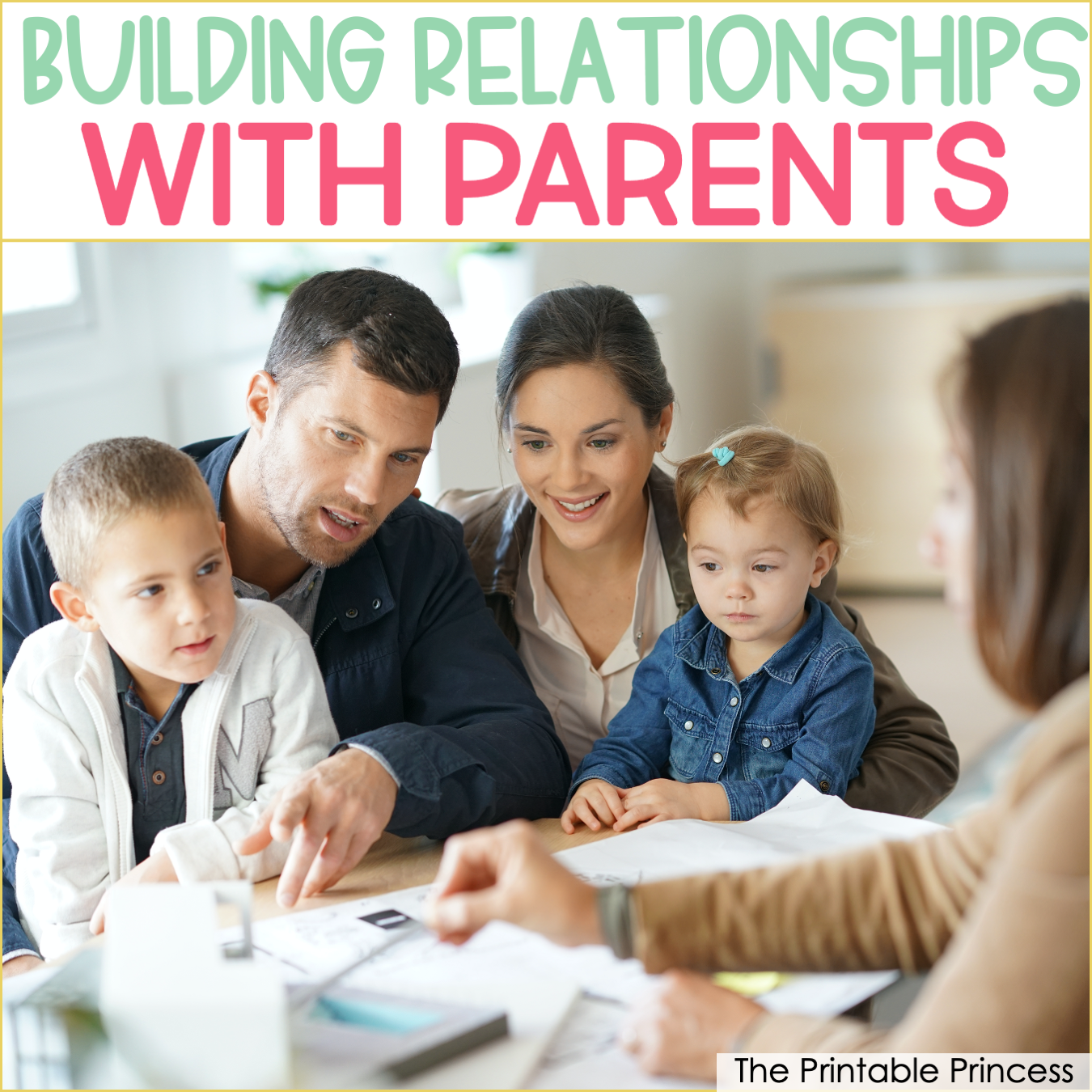
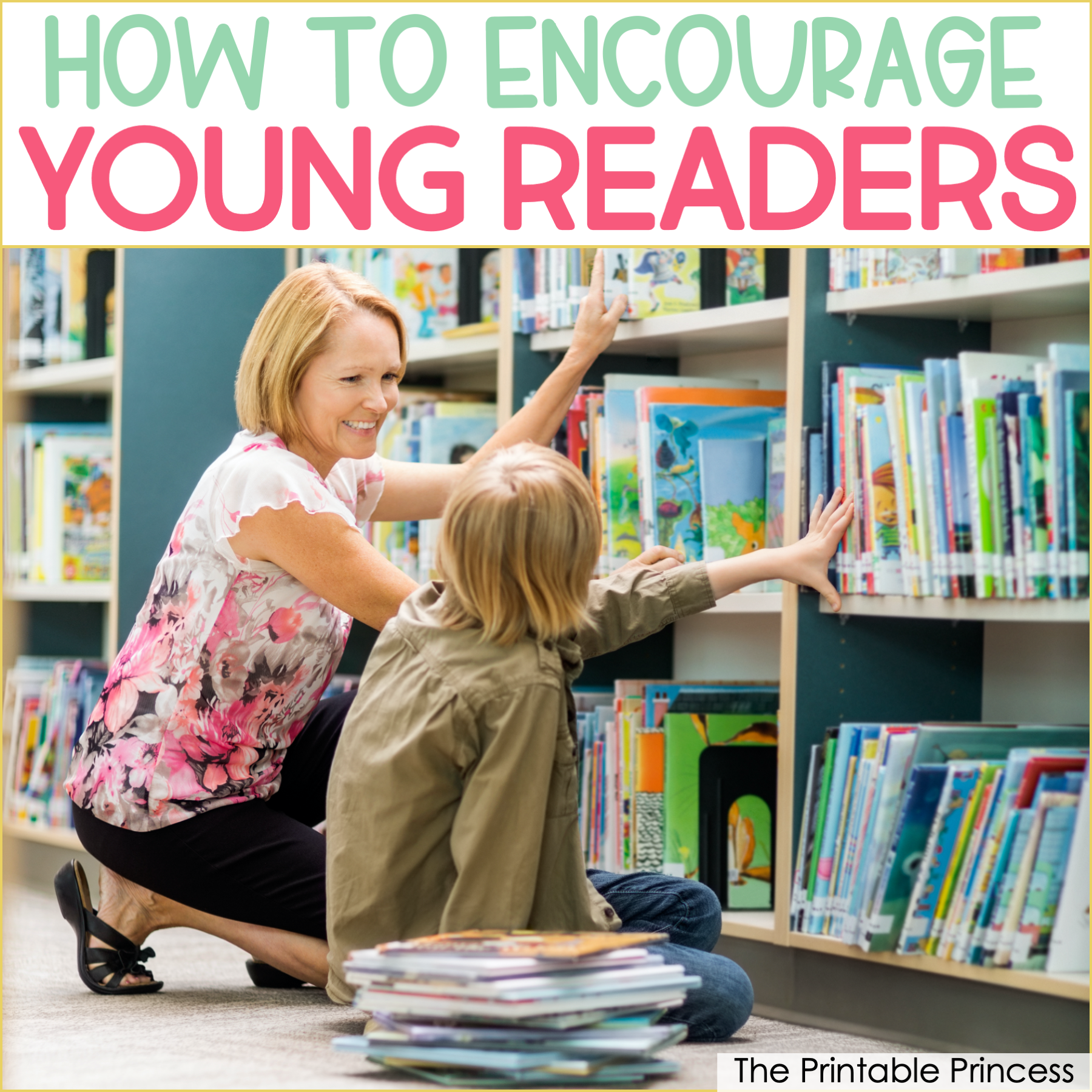
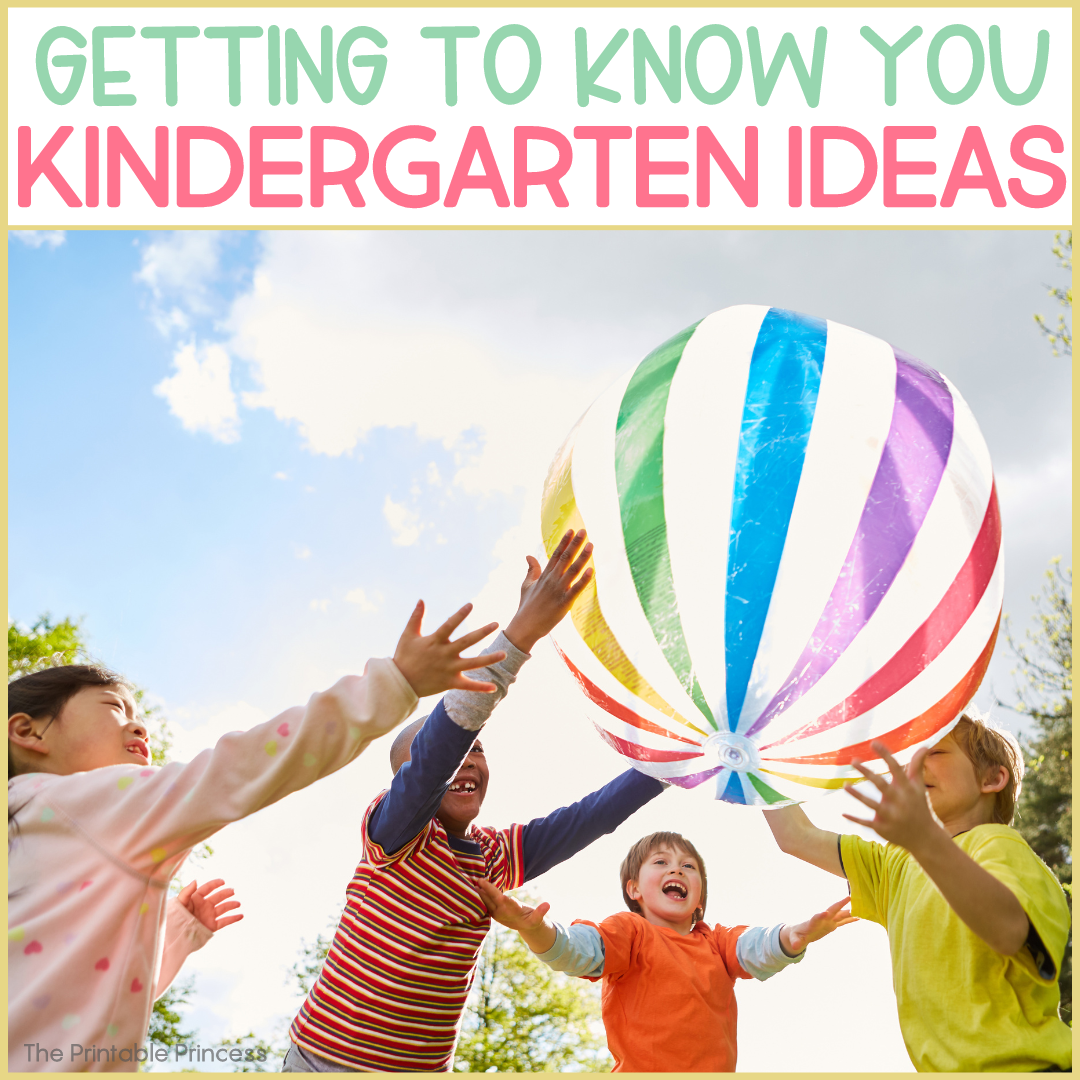

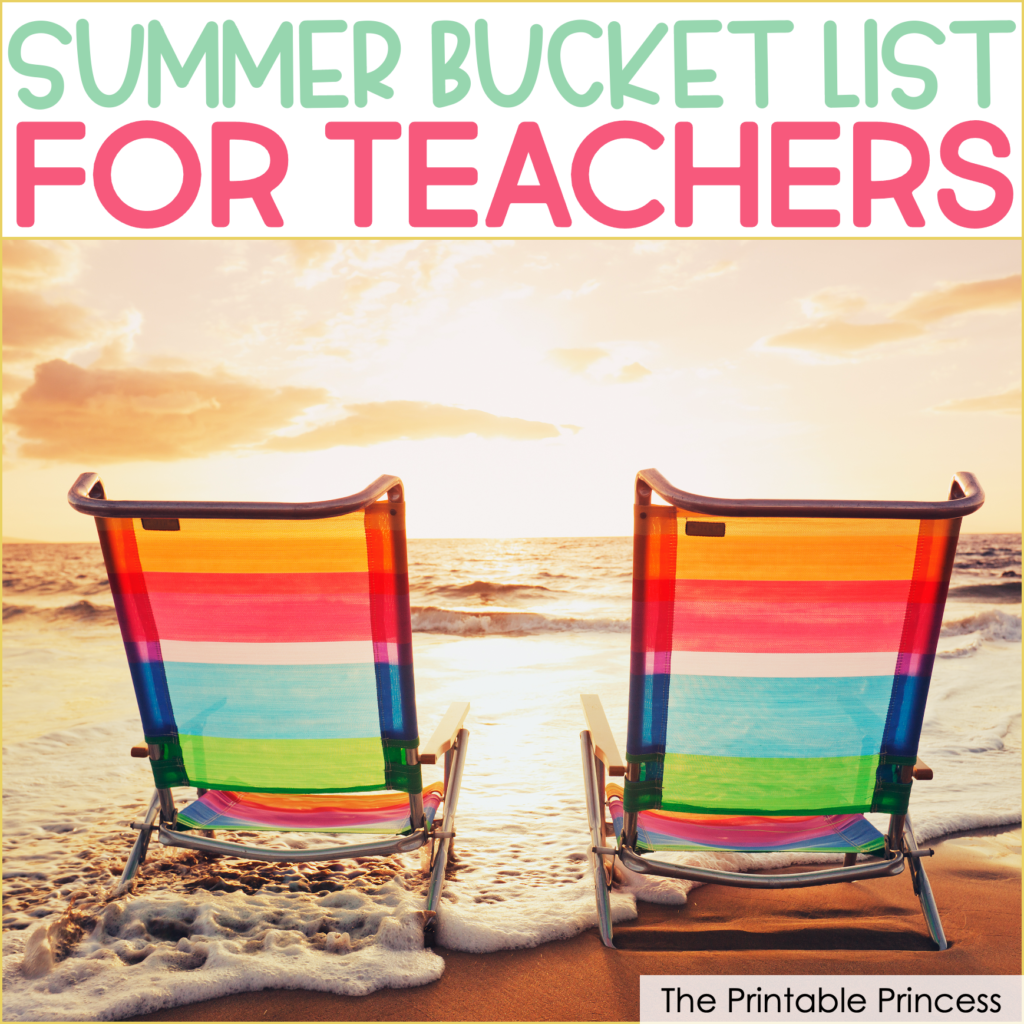
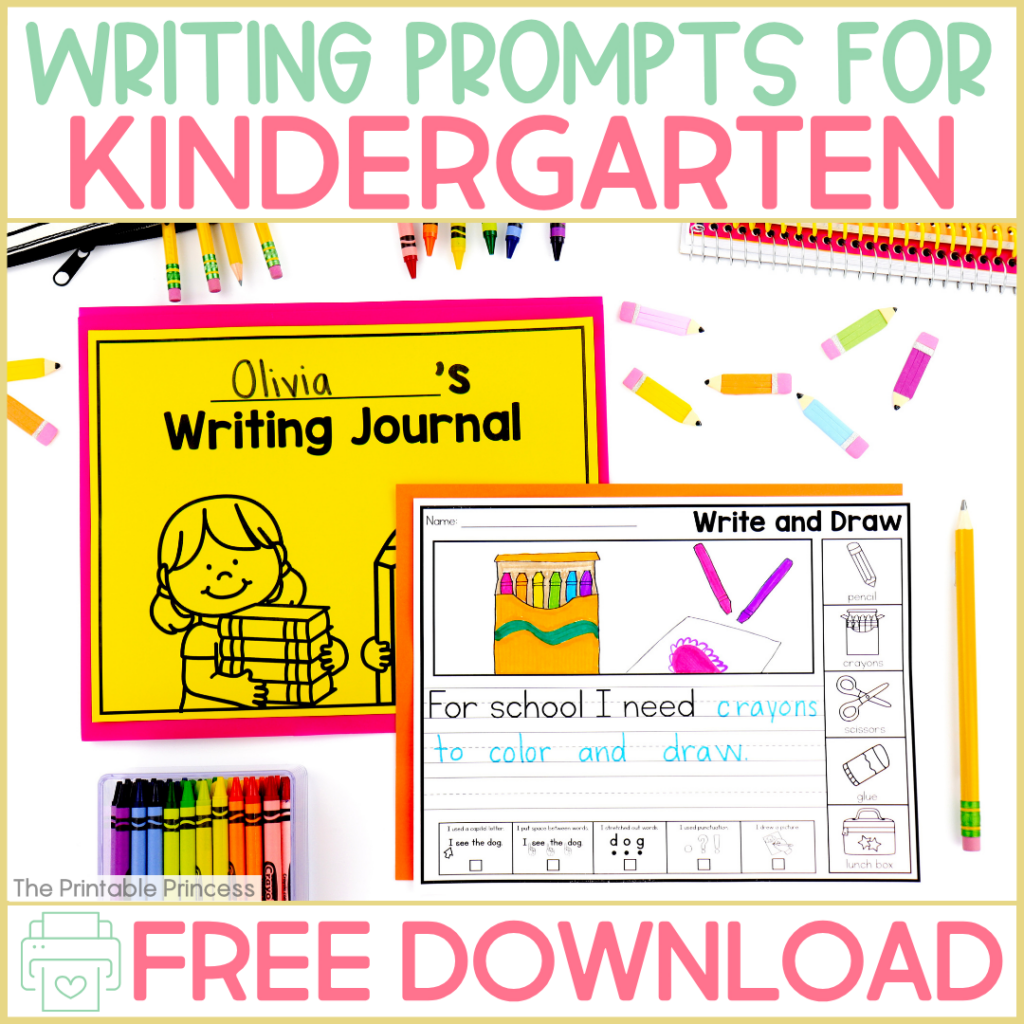
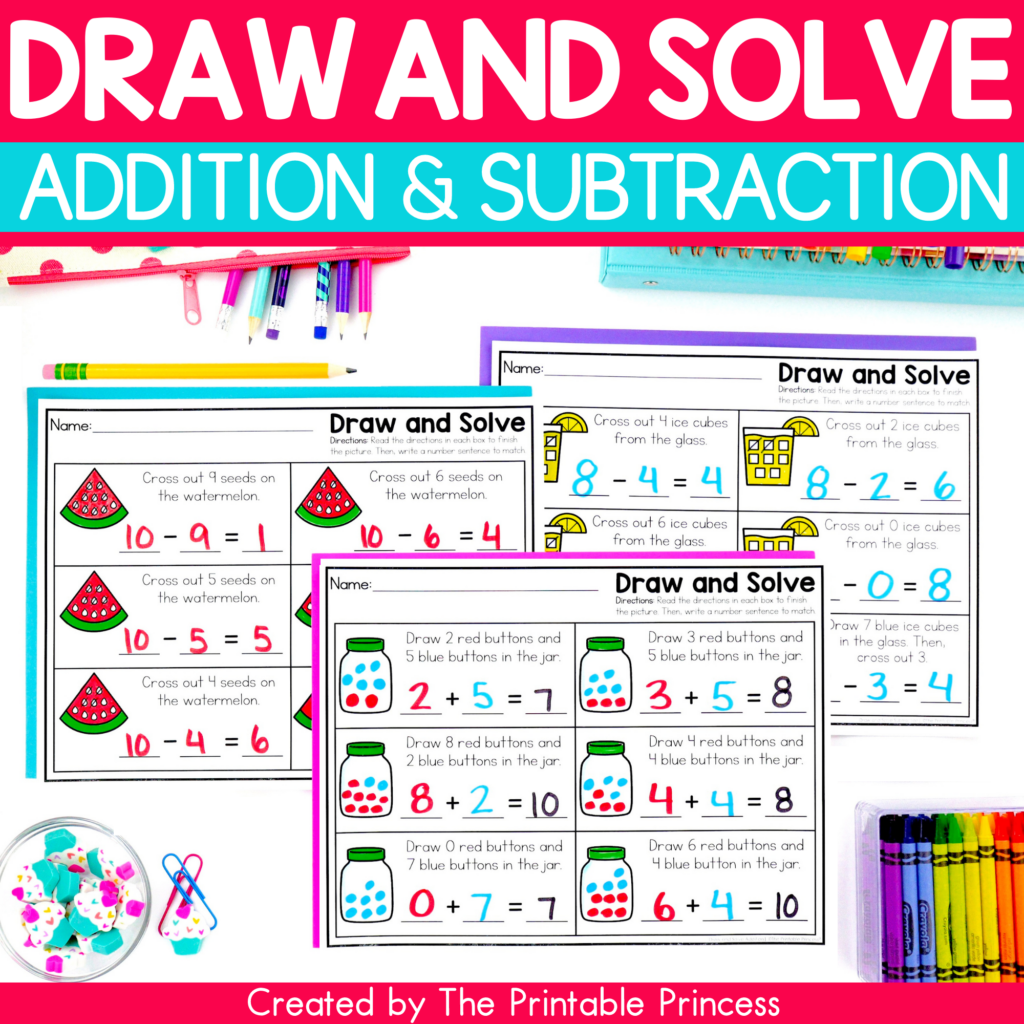
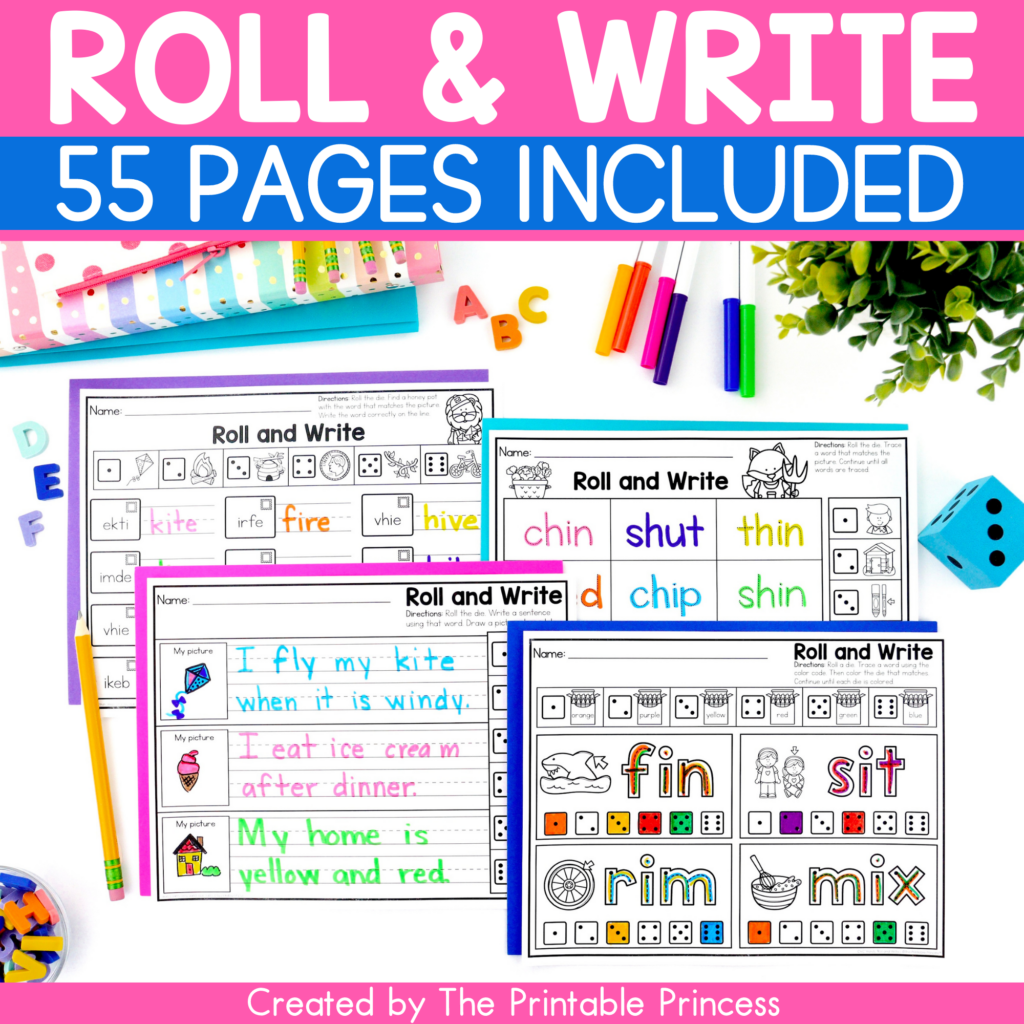
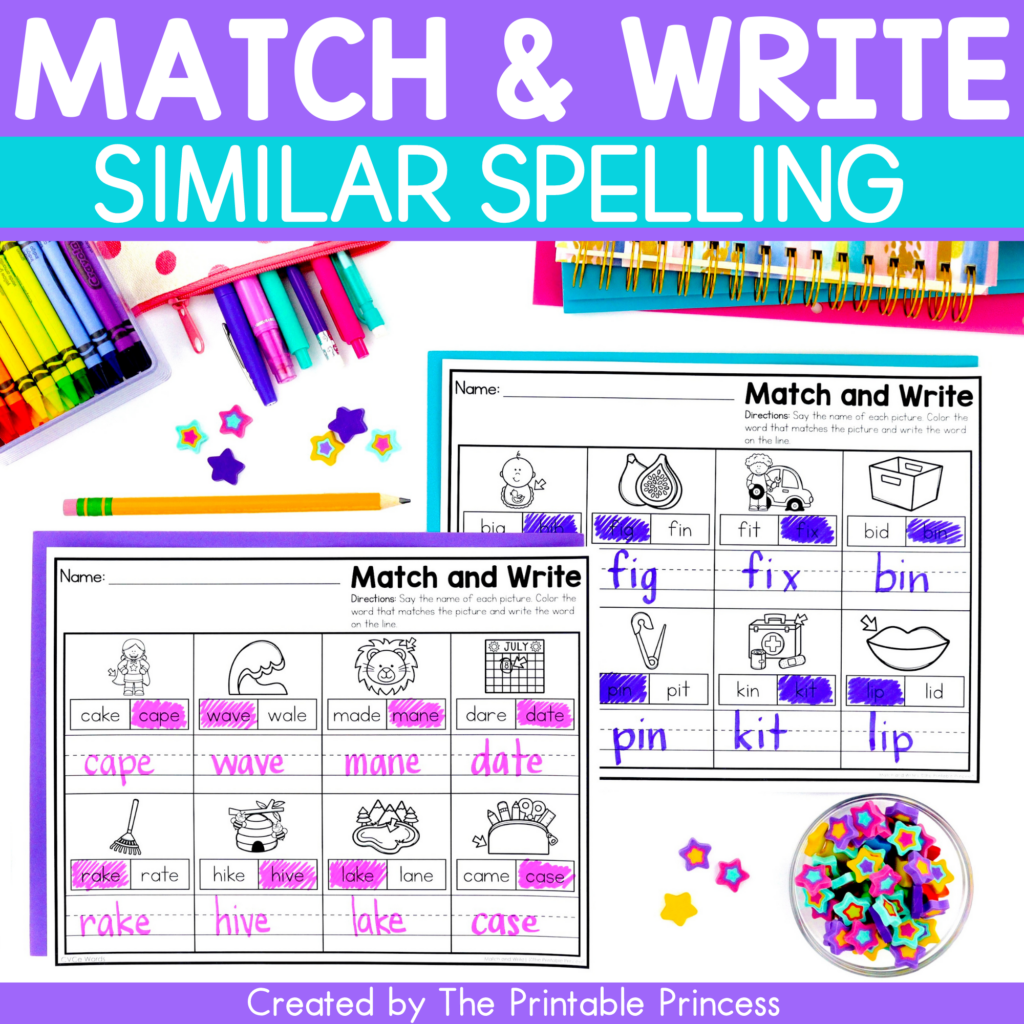

Where did you get your spinners that you use for these centers?
Hi Dawn,
Here’s an affiliate link for the spinners I use. They are SO much easier than using a paperclip and pencil. https://www.amazon.com/gp/product/B01N1QAQYZ/ref=as_li_tl?ie=UTF8&camp=1789&creative=9325&creativeASIN=B01N1QAQYZ&linkCode=as2&tag=theprinprin-20&linkId=656fc4e0691822f8c3e775adee3a78d2
-Melissa
Hi Melissa,
I am having trouble finding the “Witch” Letter should I build printable. I am interested in it whether its free or if I have to pay, I just cant seem to find the link for that activity.
Such great, fun ideas!
Thank you!
Aimee
Hi Aimee,
It’s a freebie on the blog. Just search Halloween mini eraser activities. I’m not on my computer or I would grab you a link.
-Melissa